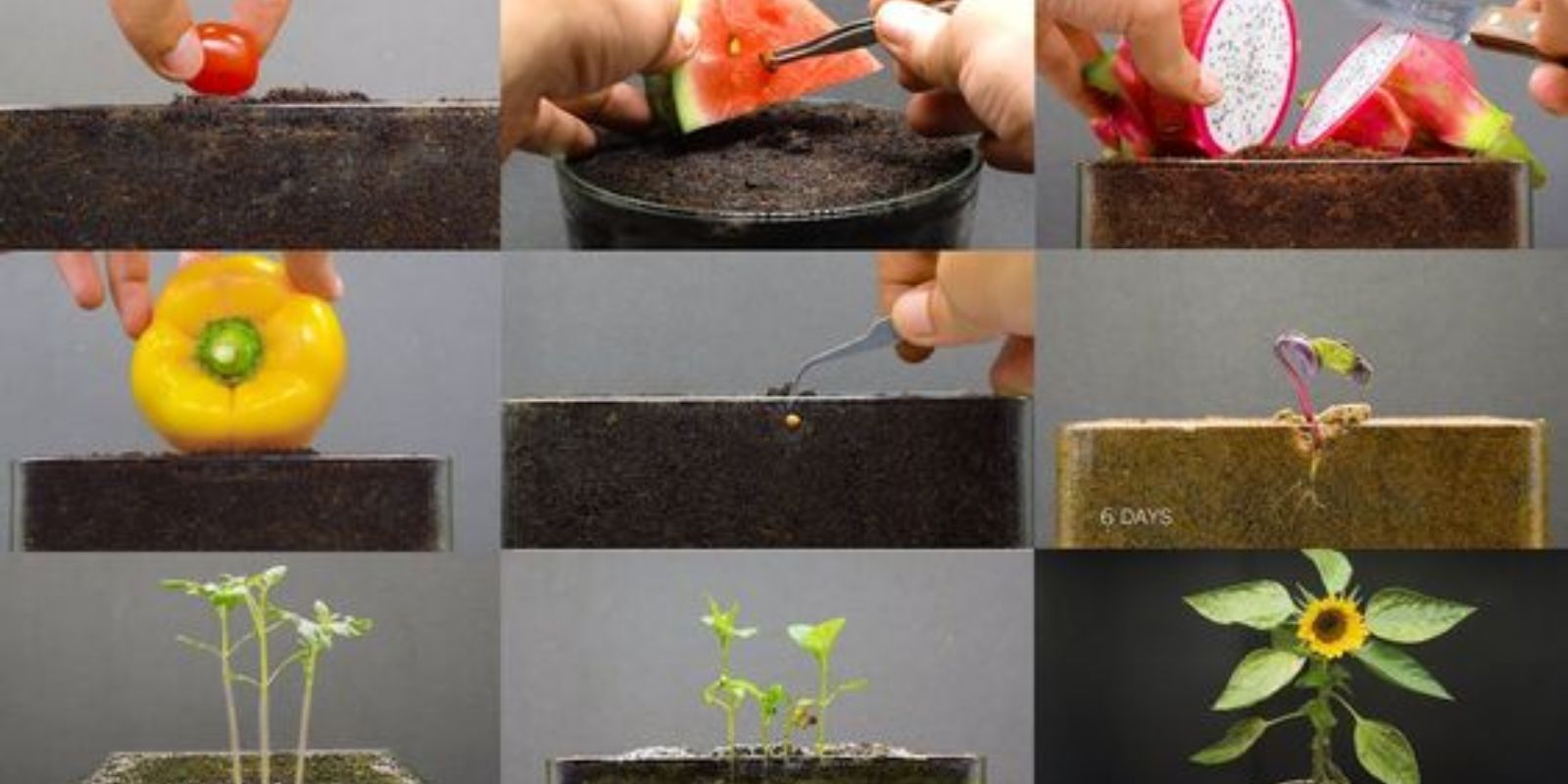Gardening is a fulfilling activity that not only beautifies your space but also provides you with fresh produce and a deeper connection to nature. Whether you’re a novice or a seasoned gardener, understanding the essential steps for growing plants effectively can make all the difference in your garden’s success. This article presents a comprehensive guide to cultivating plants, covering everything from soil preparation to pest control.
Introduction
Growing a lush and vibrant garden requires knowledge and attention to detail. While each plant has its own specific needs, some fundamental principles apply across the board. This guide provides a structured approach to help you nurture a variety of plants, ensuring they grow healthily and thrive. By following these steps, you’ll be equipped to transform any space into a flourishing garden.
1. Select Your Plants
The first step in successful gardening is choosing the right plants for your environment:
- Climate and Zone: Select plants that are suitable for your local climate and USDA hardiness zone. Consider the temperature extremes, humidity, and rainfall typical of your area.
- Sunlight Requirements: Assess the sunlight availability in your garden. Choose plants that match the light conditions—full sun, partial shade, or full shade.
- Soil Type and Drainage: Consider the type of soil you have. Some plants prefer sandy soil, while others thrive in clay or loamy soil.
2. Prepare the Soil
Soil preparation is crucial for plant health. Good soil provides the foundation for robust growth:
- Test Soil Quality: Conduct a soil test to determine pH levels and nutrient content. This will guide you in amending the soil properly.
- Amend Soil: Enrich the soil with compost or organic matter. This improves soil structure, fertility, and water retention.
- Till the Soil: Loosen the soil by tilling or turning it. This helps with aeration and allows roots to penetrate more easily.
3. Planting
Planting correctly sets the stage for healthy growth:
- Follow Planting Guidelines: Adhere to planting depth and spacing recommendations for each plant. Planting too deep or too close can lead to poor growth.
- Dig Properly: Use a spade or trowel to dig a hole slightly larger than the root ball. Gently loosen the roots before planting.
- Water After Planting: Water thoroughly to help settle the soil around the roots and reduce transplant shock.
4. Watering
Proper watering practices are vital for plant health:
- Water Requirements: Different plants have varying water needs. Research specific requirements for each plant type.
- Watering Techniques: Water at the base of the plant to avoid wetting the foliage, which can lead to fungal diseases. Use a drip irrigation system or soaker hoses for efficiency.
- Monitor Soil Moisture: Check soil moisture regularly. The top inch of soil should be dry before watering again to prevent overwatering.
5. Fertilizing
Fertilization provides essential nutrients that may not be available in the soil:
- Choose the Right Fertilizer: Use a balanced fertilizer or one tailored to the specific needs of your plants. Organic options like compost or fish emulsion are excellent choices.
- Apply as Directed: Follow the application instructions on the fertilizer package. Over-fertilizing can harm plants and lead to nutrient imbalances.
- Timing: Fertilize during the growing season. Most plants benefit from regular feedings every 4-6 weeks.
6. Pest and Disease Control
Pests and diseases can undermine your gardening efforts:
- Regular Inspections: Regularly check plants for signs of pests or diseases. Look for unusual spots, wilting, or insect activity.
- Organic Remedies: Use organic methods such as neem oil, insecticidal soap, or diatomaceous earth to control pests. Companion planting can also deter harmful insects.
- Proper Hygiene: Keep your garden clean and remove diseased plant material to prevent the spread of diseases.
7. Pruning and Maintenance
Ongoing maintenance ensures that plants remain healthy and productive:
- Pruning: Regularly prune plants to remove dead or diseased growth. This promotes airflow and reduces the risk of disease.
- Training: For vining plants like tomatoes or cucumbers, use supports such as stakes, cages, or trellises. Training plants helps prevent disease and maximizes space.
- Weeding: Keep weeds under control, as they compete with your plants for nutrients and water. Use mulch to suppress weed growth and retain soil moisture.
Conclusion
By following these comprehensive steps, you can create a thriving garden that enhances your outdoor space and provides you with a sense of accomplishment. Gardening is both an art and a science, requiring patience and attention to detail. With proper planning and care, you’ll be rewarded with a vibrant and productive garden that can be enjoyed for years to come.
Start implementing these guidelines today and watch your garden transform into a lush, beautiful sanctuary. Happy gardening! 🌱🌻

